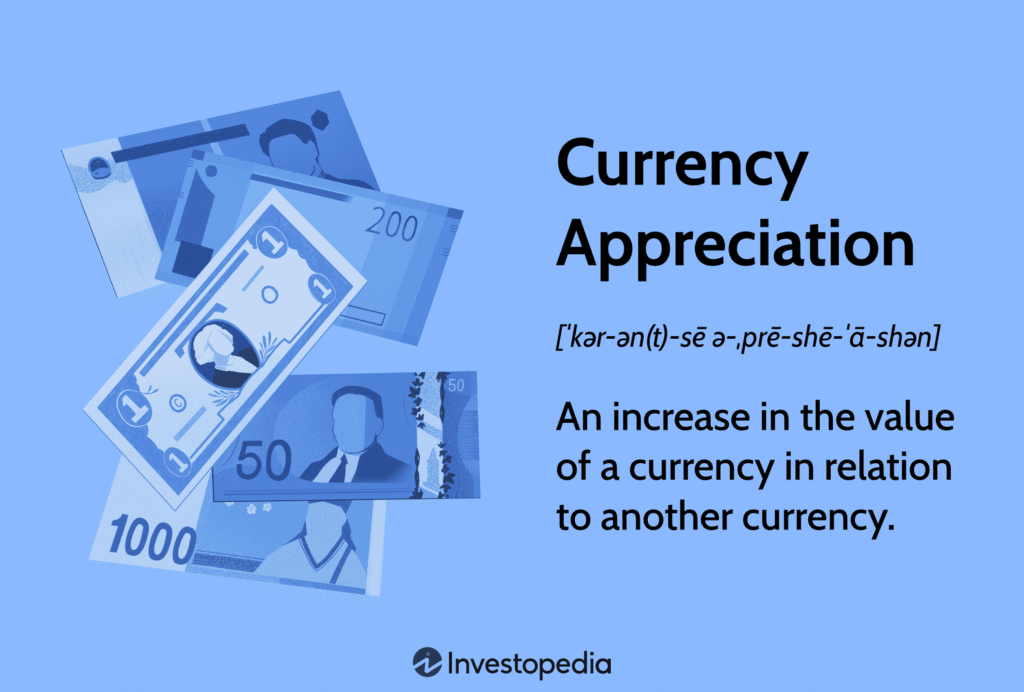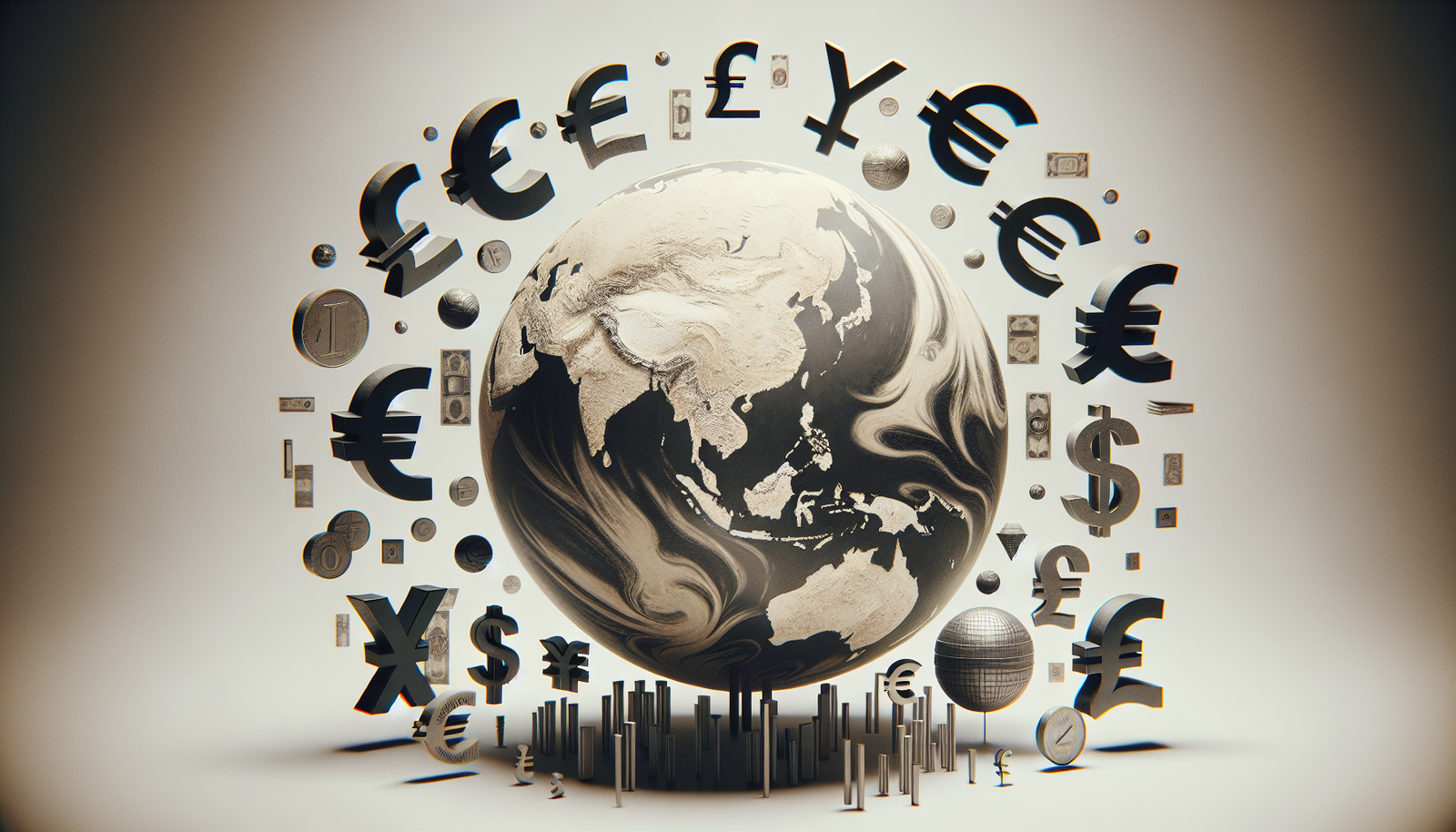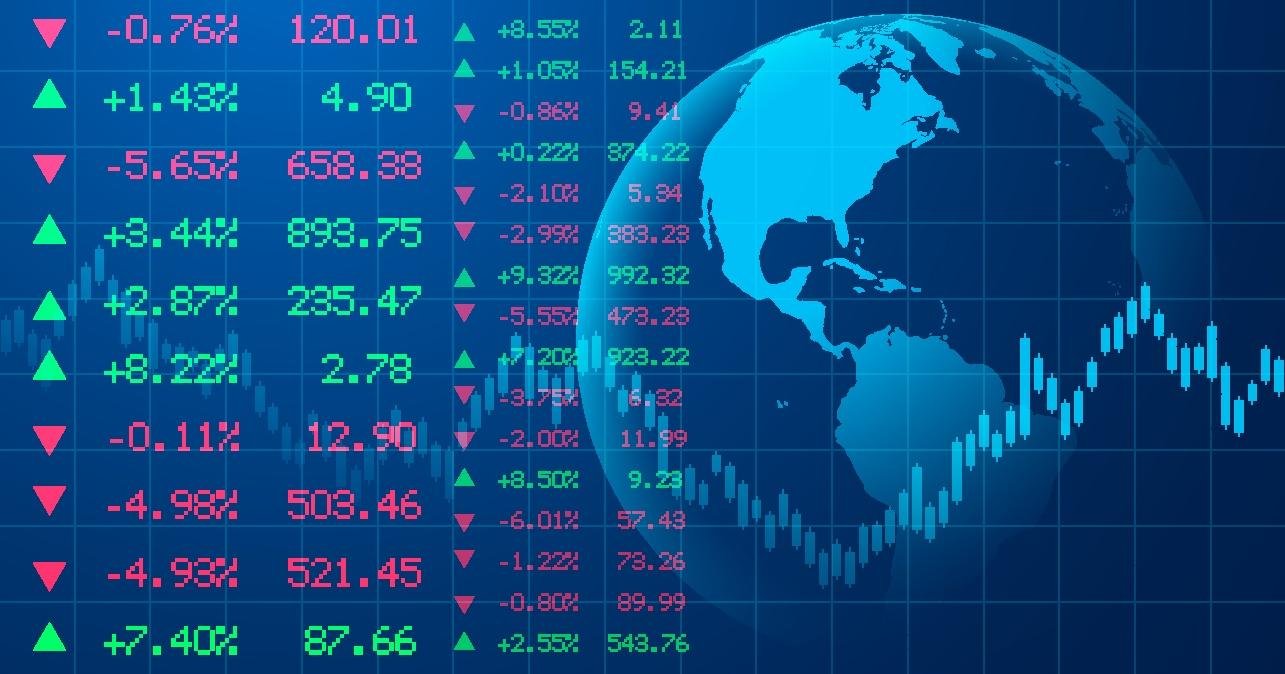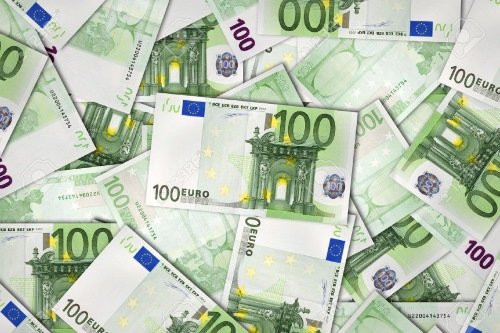What Is Currency Appreciation?
Currency appreciation is an increase in the value of one currency to another in forex markets. A currency’s value can rise for many reasons, like changes in government policies, interest rates, trade balances, and business cycles. Appreciation affects forex trading strategies and economic conditions, as seen with the USD/JPY rate changes through the 1990s and into the 2020s.
Key Takeaways
- Currency appreciation occurs when a currency’s value increases compared to another in forex markets.
- Appreciation is influenced by factors like government policies, interest rates, and trade balances.
- Forex traders benefit from currency appreciation by going “long” on a currency pair.
- Higher demand for a currency leads to its appreciation, affecting import and export prices.
- Central banks may intervene in forex markets to manage currency appreciation and depreciation rates.
Understanding Forex Trading and Currency Appreciation
A forex investor trades a currency pair hoping for the appreciation of the base currency against the counter currency. In a floating rate exchange system, the value of a currency constantly changes based on supply and demand. The fluctuation in values allows traders and firms to increase or decrease their holdings and profit from them.
When a currency’s value goes up, demand for it increases. Conversely, if a currency depreciates, it loses value compared to the other currency. If the U.S. dollar (USD) / euro (EUR) exchange rate changed from 0.92 to 0.95, the USD appreciated against the EUR by 3.26%. $100 went from being worth 92 EUR to 95 EUR, which would be good news for people or companies needing to exchange USD for EUR and bad news for those wanting to do the opposite.
Currency appreciation differs from increases in securities prices. Currencies are traded in pairs. Thus, a currency appreciates when its value increases compared to its pair. When a stock appreciates, this is often based on the market’s assessment of its intrinsic value. Appreciation benefits the forex trader who went “long” the currency in a trade, and importers, who see the money in their local currency as worth more.
Real-World Examples of Currency Appreciation
Investors may see USD/JPY = 149.2. The first of the two currencies (USD) is the base currency and represents a single unit, or 1.0 in the fraction 1.0/149.2. The second is the quoted currency representing the amount equal to one unit of the base currency. Thus, “One U.S. dollar buys 149.2 units of Japanese yen.” A rate increase or decrease matches the rise or fall of the base currency, with the opposite effect on the quoted currency.
The USD/JPY currency pair has experienced significant fluctuations since 1990. By the mid-1990s, the yen had appreciated sharply, reaching a high of around 80 yen per dollar in 1995. In 1998, the pair reached a low of around 145 yen per dollar. The dot-com bubble and its burst in the early 2000s and the global financial crisis in 2008 caused the pair to fluctuate wildly. The pair is influenced by different monetary policies: the U.S. uses quantitative easing and then tightens gradually, while Japan sticks to a very loose policy to fight deflation.
The Bank of Japan maintained a policy of very low or even negative interest rates. In 2020, the COVID-19 pandemic led investors to seek safety, making the yen stronger amid market instability. By 2024, the USD rose against the JPY to levels not seen since before 1990 due to higher U.S. interest rates and Japan’s push for a weaker yen.
How Currency Fluctuations Impact Global Economies
How Does Cryptocurrency Trading Compare to Forex Trading?
The trading volume of cryptocurrency pales compared to the most traded national currencies. According to the Bank for International Settlements, the entire cryptocurrency market would rank alongside the Polish złoty and Danish krone in daily trading volume, or less than 0.75% of forex trading.
What Are Some of the Economic Effects of Currency Appreciation?
If the U.S. dollar appreciates, foreigners will find American goods more expensive because they have to spend more for those goods in USD. If American goods become more expensive on the foreign market, foreign goods, or imports, become cheaper in the U.S.
What Are the Most Traded Currency Pairs?
The most popular currency pairs to trade are EUR/USD, USD/JPY, and GBP/USD.
The Bottom Line
Currency appreciation occurs when demand for the currency rises, particularly in forex markets, where its impact on relative value changes. Factors that influence currency appreciation include monetary policies, interest rates, and trade balances. There are strategic uses of currency appreciation, which allow countries to boost economic prospects.
Because currencies trade in pairs and float in value, they can appreciate or depreciate against one another. This allows investors to benefit from the appreciation of a base currency in currency pairs. While currency appreciation can benefit consumers by making imported goods cheaper, it can pose challenges for exporters by making their products more expensive in foreign markets. Central banks closely monitor currency movements, sometimes intervening in foreign exchange markets to manage appreciation or depreciation rates to maintain economic stability.







